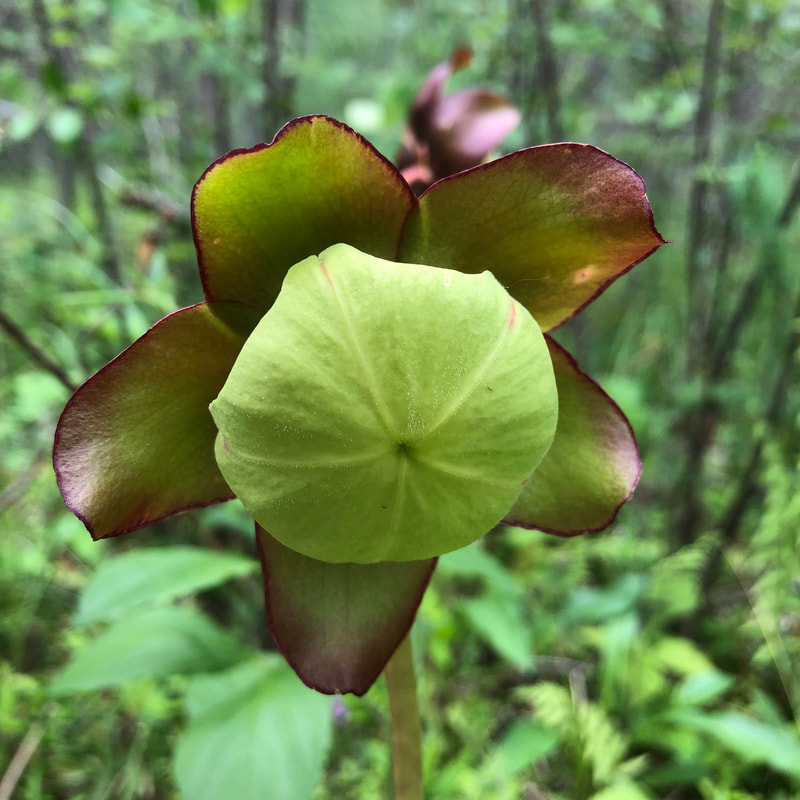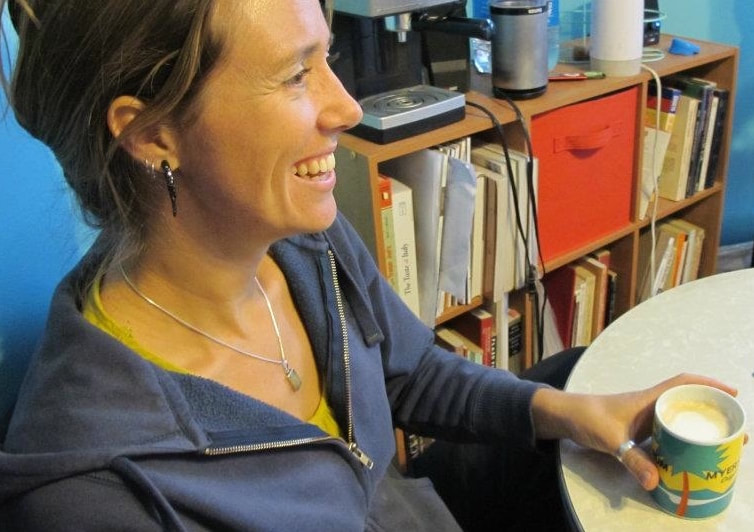ASSAY: A JOURNAL OF NONFICTION STUDIES
6.1
6.1
|
“Theory can do more the closer it gets to the skin.” — Sara Ahmed
I remember once, in graduate school, being floored when I heard one of my professors say, “I wanted to learn about X, so I proposed a class this semester focusing on it.” The idea that you didn’t already have to possess absolute Authority on a topic—that you could explore it through your preparations and then explore it even more deeply in reading and conversation together with your students—was both astonishing and exciting. Such a horizontal approach to knowledge and scholarly authority is mirrored in the contemporary field of autotheory, which seeks to explore, test, and converse with theory through investigations of the lived-body experience. This year I offered two classes on autotheory, as much to investigate the topic myself as to posit any kind of expertise. My students and I read texts by Christina Sharpe and Dionne Brand, Paul Preciado and Maggie Nelson, Bhanu Kapil and Theresa Hak Kyung Cha, Kathy Acker, Chris Kraus, and Ann Cvetkovich; we tried to gather our thoughts about our own bodies of work and the themes and theory that might unite them, and wrote short pieces experimenting with the mixture of citation and narrative that autotheory invites. Over and over, we asked: what is autotheory? What does it do? What [new] things does it offer us?
This essay seeks to share some of the answers we found to those questions, looking at definitions of autotheory as well as its historical roots; looking closely at aspects of a few autotheoretical texts including Christina Sharpe’s In the Wake and Bhanu Kapil’s Ban en Banlieu; and exploring elements of theory and embodiment, innovation and assessment, multiplicity and rupture in the contemporary field of autotheory as part of the broader genre of creative nonfiction.
|
|
Arianne Zwartjes teaches for the Sierra Nevada College low-residency MFA program, and has also taught at the University of Arizona and the United World College. In her other life she has worked as a wilderness-medicine instructor, an EMT, an outdoor educator, and a carpenter. She is the author of the lyric nonfiction, medical-humanities book Detailing Trauma: A Poetic Anatomy, and the prose-poetry collection The Surfacing of Excess. Her writing won the 2011 Gulf Coast Nonfiction Prize, was a Best American Essays Notable Essay, and has appeared in Tarpaulin Sky, Kenyon Review, The Southern Review, Ninth Letter, and elsewhere. Visit her and her writing at www.ariannezwartjes.com.
|

